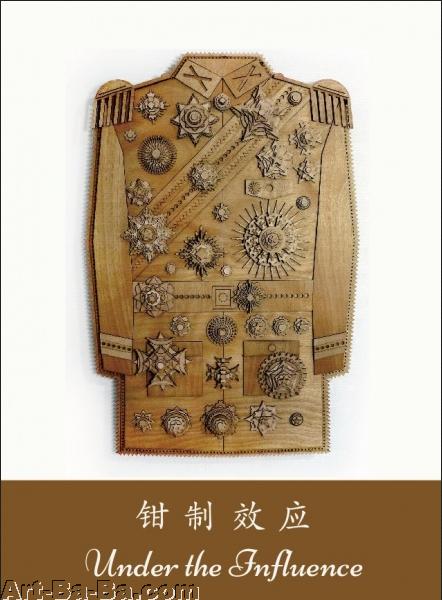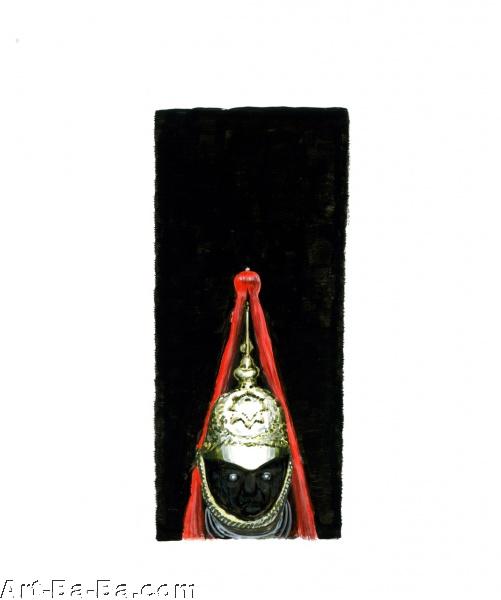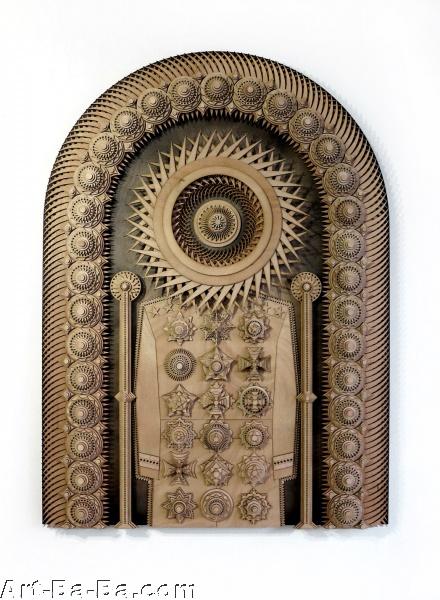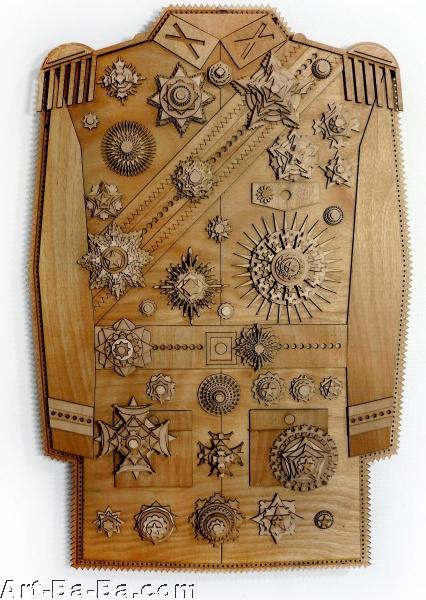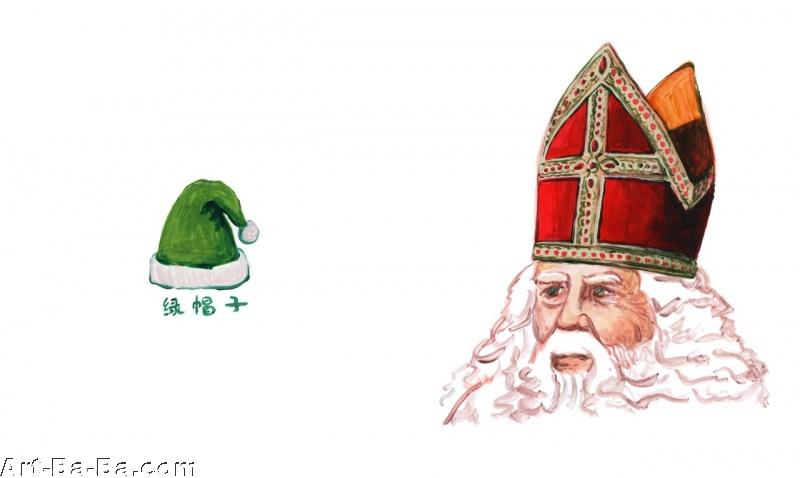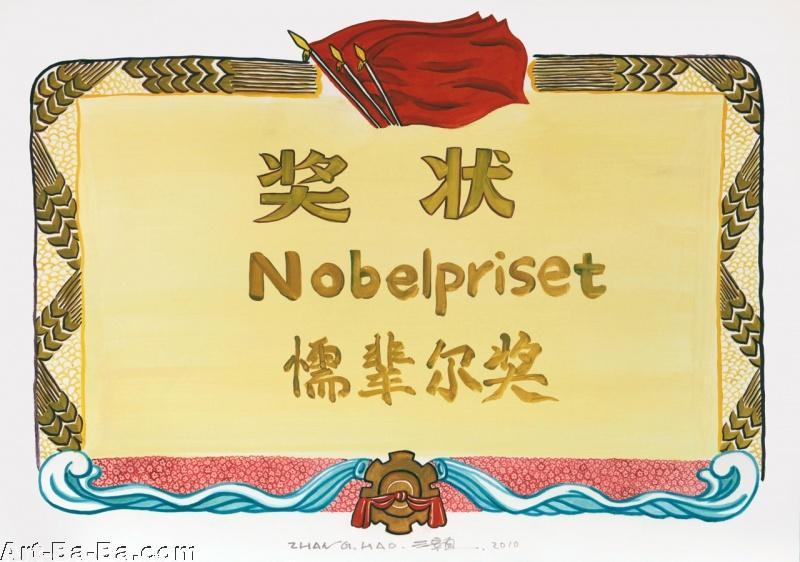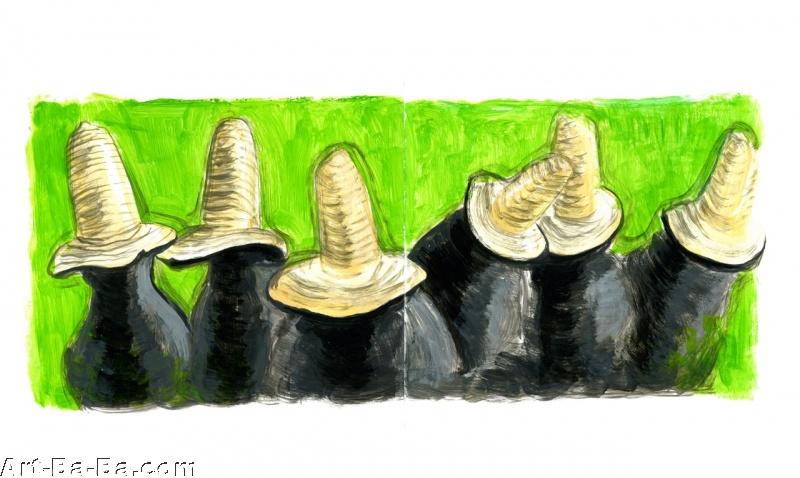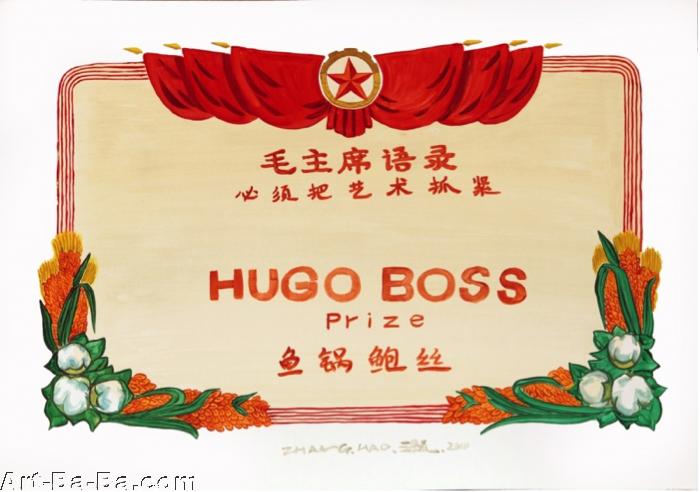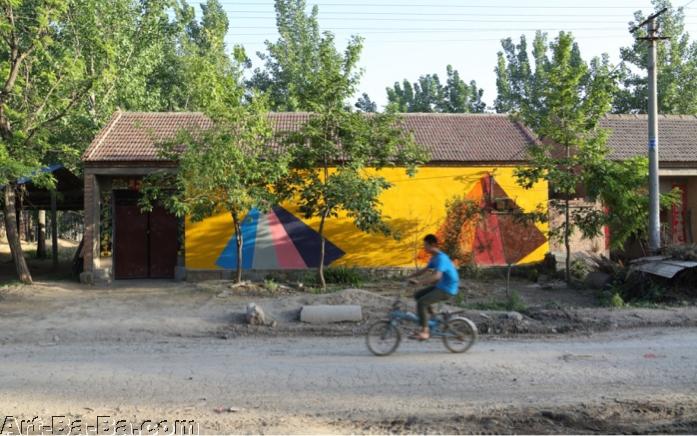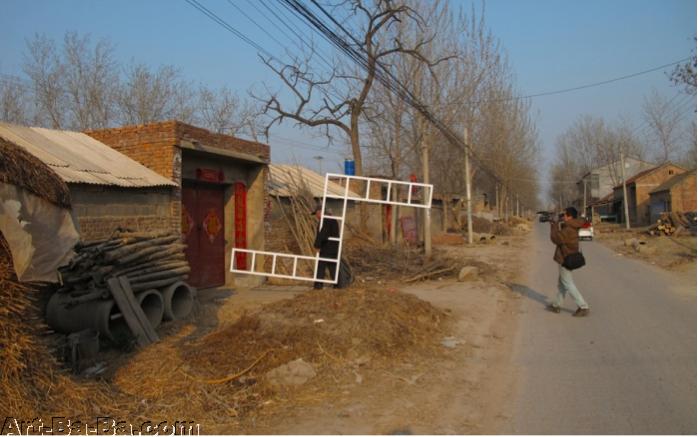钳制效应
OV画廊新闻稿
展览时间:2013年12月21日~2014年2月18日
Dec 21- Feb 18, 2014
Opening 5-8pm, Dec 21, 2013
In “Under the Influence” three artists explore the subservient, parasitic and mutually beneficial relationships between power and culture. Bai Yiluo presents a series of sculptures, both abstract forms and human figures, festooned in myriad symbols — wheels, blades crosses and stars — the outward manifestations of social capital.
Zhang Hao plays with the idea of identity-specific clothing in a newly-produced artist book entitled “Hat Trick” with depictions of queens, nurses, peasants and scholar officials — using the exaggerated forms of their headwear to examine their power or lack thereof.
A second series by Zhang Hao entitled “Award Certificates” features a number of 50-60s era certificates of merit bearing the names of various Western awards, such as the Academy Awards and the Nobel Prize to examine how “talent” and “ability” are recognized. In this work, Zhang Hao asks questions about who determines the direction of culture — in this case a small coterie of usually foreign elites.
And finally Li Mu also explores the influence of Western cultural forces in his ongoing “Qiuzhuang Project.” This piece fostered by the Van Abbemuseum and Arthub Asia, involved the works of artists such as Sol LeWitt, Warhol and Ulay and Abramovic which were replicated and installed in his native village in Jiangsu. The project also included the creation of a library of art books and an extensive blog where Li Mu chronicles the villagers’ interactions with the art and the progress of the project.
Now in this itineration of the project, he takes images of these works installed in the village and puts them in the gallery covered by a cloth which features a small silkscreened image of the work, thereby reversing the flow of art from the city to the country, West to East. The use of the cloth points to the fact that that project is in a sense still under wraps only the curious will venture forth to unveil what lies behind the curtain.
